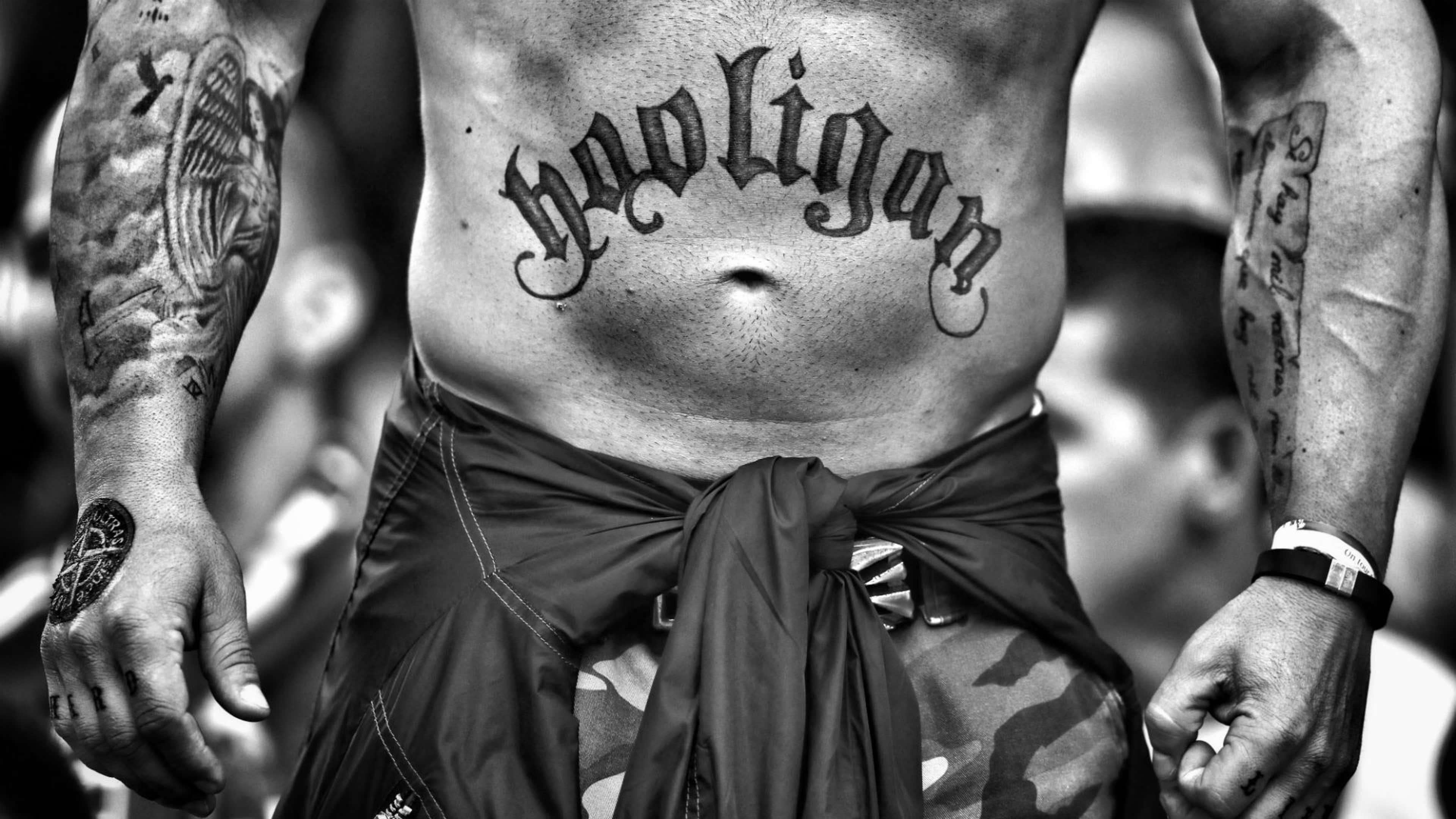Football, often referred to as the beautiful game, has a shadow lurking within its stadiums and fan cultures – hooliganism. Hooliganism represents the darker side of football fandom, characterized by violence, disorderly conduct, and vandalism. While the majority of football supporters are passionate yet peaceful, a small minority of individuals engage in hooligan behavior, tarnishing the reputation of the sport and endangering public safety.

The Origins of Football Hooliganism
Historical Context
The roots of football hooliganism can be traced back to the early days of professional football in the late 19th and early 20th centuries. Factors such as social unrest, economic inequality, and tribalism fueled the emergence of hooligan gangs, who used football matches as a battleground to assert dominance and intimidate rival supporters. Over time, hooliganism became increasingly organized and entrenched within football culture, leading to widespread violence and unrest at matches across the globe.
Cultural and Societal Factors
Football hooliganism is often fueled by a complex interplay of cultural, societal, and psychological factors. For many individuals, football fandom becomes intertwined with personal identity, tribal loyalty, and a sense of belonging to a larger community. In some cases, hooligan gangs provide a sense of camaraderie and empowerment for disaffected youths who feel marginalized or disenfranchised by mainstream society. Additionally, factors such as alcohol consumption, peer pressure, and group dynamics can exacerbate aggressive behavior and mob mentality during football matches.
Manifestations of Football Hooliganism
Violence and Disorder
At its core, football hooliganism is characterized by acts of violence, aggression, and disorderly conduct both inside and outside stadiums. This may include physical altercations between rival fan groups, vandalism of property, and clashes with law enforcement authorities. Hooligan gangs often engage in prearranged fights, known as “football firms,” where rival factions square off in predetermined locations before, during, or after matches. These violent confrontations pose significant risks to public safety and can result in injuries, arrests, and property damage.
Intimidation and Provocation
Hooliganism is not limited to physical violence but also encompasses psychological intimidation and provocation tactics. Rival fan groups may engage in verbal abuse, taunting, and provocative gestures aimed at inciting anger and aggression among opposing supporters. This hostile atmosphere can create a tense and volatile environment within stadiums, leading to confrontations and disturbances both on and off the pitch. Additionally, hooligans may target players, coaches, and officials with verbal abuse and harassment, further escalating tensions during matches.
Consequences of Football Hooliganism
Legal and Regulatory Response
Football hooliganism poses significant legal and regulatory challenges for authorities, clubs, and governing bodies. In response to outbreaks of violence and disorder, stadiums may implement heightened security measures, including increased police presence, surveillance cameras, and crowd control barriers. Additionally, clubs may impose sanctions such as stadium bans, fines, and points deductions for fans found guilty of hooligan behavior. National and international football associations also collaborate with law enforcement agencies to identify and prosecute individuals involved in hooligan activities.
Damage to Reputation
Beyond the immediate impact on public safety and security, football hooliganism also inflicts long-term damage to the reputation and image of the sport. Incidents of violence and disorder receive widespread media coverage, drawing attention to the negative aspects of football fandom and deterring potential spectators, sponsors, and investors. Furthermore, hooliganism undermines efforts to promote football as a family-friendly and inclusive sport, alienating fans and tarnishing the integrity of the game.
Addressing the Root Causes
Education and Awareness
Addressing football hooliganism requires a multifaceted approach that addresses the root causes of violence and disorder. Education and awareness initiatives play a crucial role in promoting positive fan behavior, fostering a culture of respect and sportsmanship, and challenging negative stereotypes and attitudes within football culture. Clubs, governing bodies, and community organizations can collaborate to provide outreach programs, workshops, and resources that promote conflict resolution, tolerance, and mutual respect among supporters.
Social and Economic Support
Furthermore, addressing the underlying social and economic factors that contribute to hooliganism is essential for long-term prevention and intervention efforts. Investing in youth outreach programs, employment opportunities, and social services can provide at-risk individuals with alternative pathways and support networks that steer them away from hooliganism and towards more positive pursuits. By addressing issues such as poverty, unemployment, and social exclusion, communities can create environments that nurture healthy and inclusive football cultures.
Conclusion: Promoting Positive Fan Culture
In conclusion, football hooliganism represents a dark and troubling aspect of the beautiful game, characterized by violence, disorder, and aggression. While hooliganism remains a persistent challenge for football authorities and communities worldwide, it is not an insurmountable one. By addressing the root causes of violence, promoting education and awareness, and fostering a culture of respect and inclusion, football stakeholders can work together to create safer, more welcoming environments for fans to enjoy the sport they love. Ultimately, the future of football lies in promoting positive fan culture and ensuring that the beautiful game remains a source of joy, passion, and unity for generations to come.